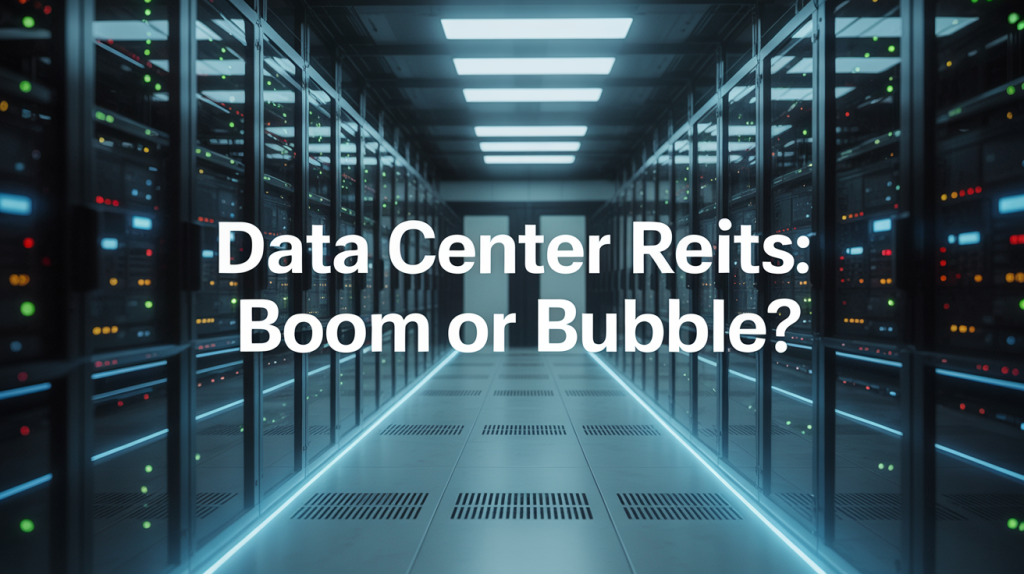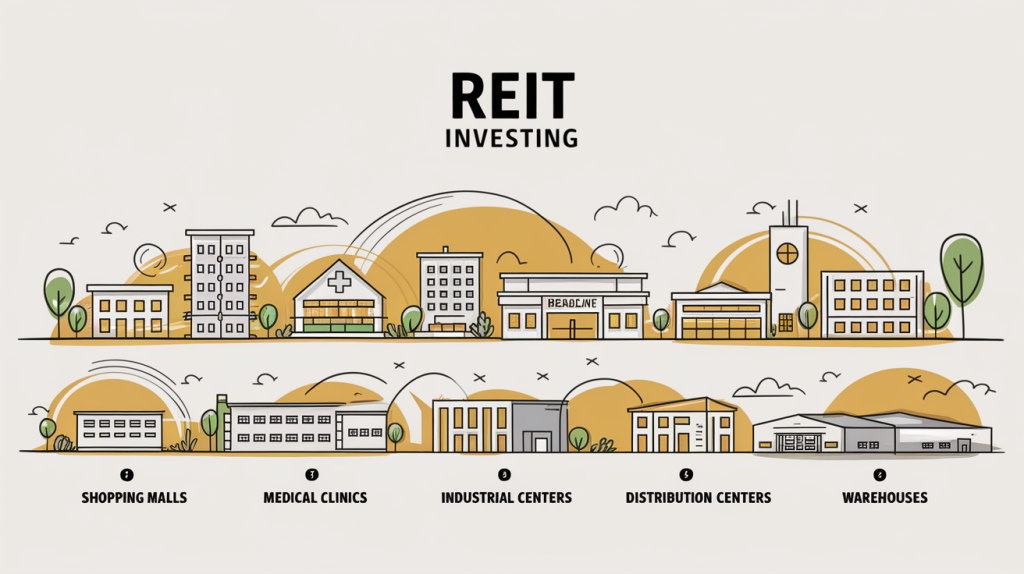
There is this saying about value investors: we do not swing at every pitch, we wait for the right one.
The question is, how do you know this is the right pitch?
The AI boom has put data center REITs squarely in the spotlight. There are forecasts of massive capital spending from the big-tech. On paper, these REITs appear destined for a golden era: steady cash flows, relentless demand, and long-term leases. But you and I both know that when the narrative gets too perfect, it often unravels. The real question isn’t how hot this trend is; it’s whether it offers a reliable margin of safety.
Let’s consider what’s fueling the surge, how these REITs actually generate returns, and why I’ve decided to sit this one out.
The AI Gold Rush: Fueling Data Center Demand
Over the past 18 months, capital spending on AI infrastructure has surged. Nvidia chips, hyperscaler expansions, and high-performance computing needs have created historic demand for data centers. Meta, Microsoft, Amazon, and Google are each spending tens of billions to build or lease more server space.
In this frenzy, data center REITs like Digital Realty Trust (DLR) and Equinix (EQIX) have become investor favorites. Rents are climbing. Supply is tight. Wall Street can’t get enough.
On top of the tech driven surge in AI spending, it appears that we are in a race for supremacy between nations. Take all this into account and it seems very reasonable to assume that the party is just getting started, and that we are in for a long investment cycle in this sector.
But when everyone piles into the same story, prices stretch far beyond fundamentals.
What Makes Data Center REITs Seem Irresistible
Here’s the pitch: long-term triple-net leases with built-in escalators, tenants with enormous balance sheets, regulatory and logistical barriers to new supply, and unstoppable tailwinds from AI, cloud computing, 5G, and of course the technology race between the nations.
It’s also likely that more countries will view AI as critical to national competitiveness and begin developing sovereign AI initiatives, driving even more investment into data center infrastructure.
It sounds airtight. Until you start scratching beneath the surface.
Where the Bull Case Breaks Down for Value Investors
A value investor is not immune to the allures of growth. However, what really moves him or her to action is the existence of value.
Here’s why I’m staying out:
- Valuations Have Detached From Reality
Most of these REITs are trading at elevated FFO multiples that bake in a decade of uninterrupted growth. That leaves zero room for disappointment. If growth slows even modestly, the downside is significant. - Capital Intensity Erodes Returns
These facilities cost a fortune to build and take years to turn profitable. Most are funded by debt. Even modest increases in energy costs, tax changes, or tenant churn can crush the expected returns. What do you think will happen if, say, a trade war causes costs to rise materially? - Forecasting Future Demand Is a Fool’s Game
You can’t build a value thesis around exponential demand projections. I have no credible way to estimate GPU-driven AI compute needs five or ten years from now. Neither do the analysts issuing ever-rising price targets. Another wild card is the unknown impact of quantum computing. If quantum breakthroughs render today’s encryption and compute architectures obsolete faster than expected, we could see a dramatic shift in what kind of data center infrastructure is even needed, putting current investment assumptions at serious risk.
We’ve seen this before: in telecom, in fiber, in cloud. When reality collides with optimism, prices collapse. Being early often means being wrong for too long.
The Infrastructure Cycle Always Turns
Think back to past infrastructure booms: fiber optics in 2000, shale in 2014, solar in 2021. All had legitimate tailwinds, but those tailwinds were front-loaded into valuations. The result? Capital destruction.
These cycles follow a script: demand spikes, capital floods in, supply overshoots, and margins collapse. I don’t want to be holding the REIT when the power grid is maxed out, AI workloads normalize, and rent growth stalls.
It is possible that there will be winners and the hind sight might fill us with regrets of missing out. But I do see the risks as being significant, and when there are alternative investments available at lower risk and better valuation, there is no question in my mind where my capital will go.
If You Must Invest, Be the Lender, Not the Owner
If you feel compelled to get exposure, consider preferred shares or bonds. That way, you earn a fixed return and avoid being exposed to cap rate compression, build delays, or overleveraged tenants.
Personally, I’m looking for ideas where I can understand the cash flows and see a clear margin of safety. I buy value, not narrative.
I’m Sitting This One Out and Sleeping Well
There’s no denying the appeal of data center REITs in today’s market. But appealing narratives don’t build wealth. Discipline does.
If I can’t forecast cash flows with confidence or determine where the exit lies, I’m not buying in. My job is to grow capital by taking the least amount of risk necessary. That means stepping away from stories I can’t underwrite.
Let others ride the AI wave with speculative bets. I’ll be ready when sentiment shifts and the fundamentals matter again.

Shailesh Kumar, MBA is the founder of Astute Investor’s Calculus, where he shares high-conviction small-cap value ideas, stock reports, and investing strategies.
His work has been featured in the New York Times and profiled on Wikipedia. He previously ran Value Stock Guide, one of the earliest value investing platforms online.
Subscribe to the Inner Circle to access premium stock reports and strategy insights.
Featured in:



